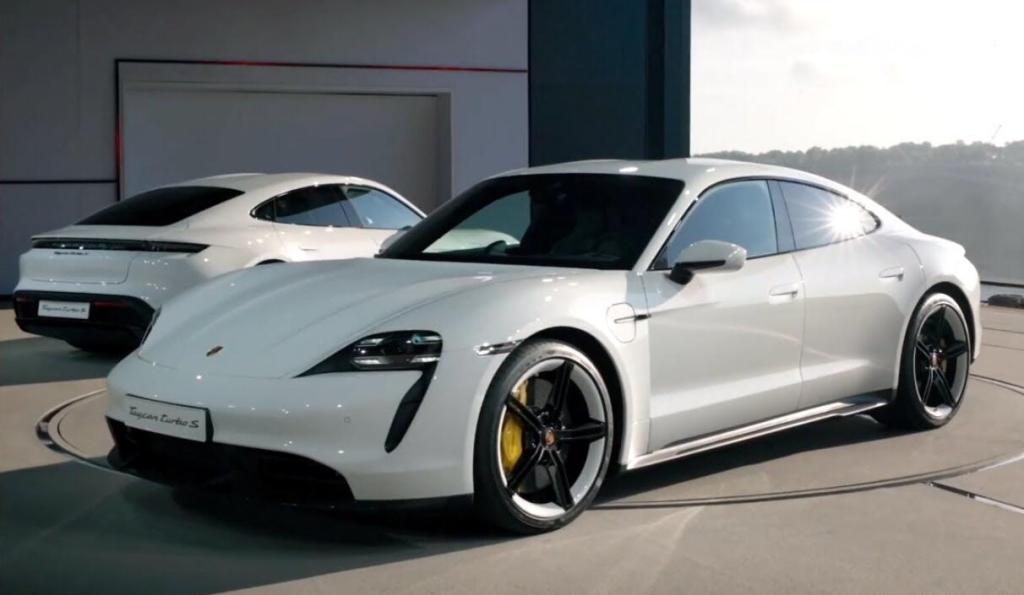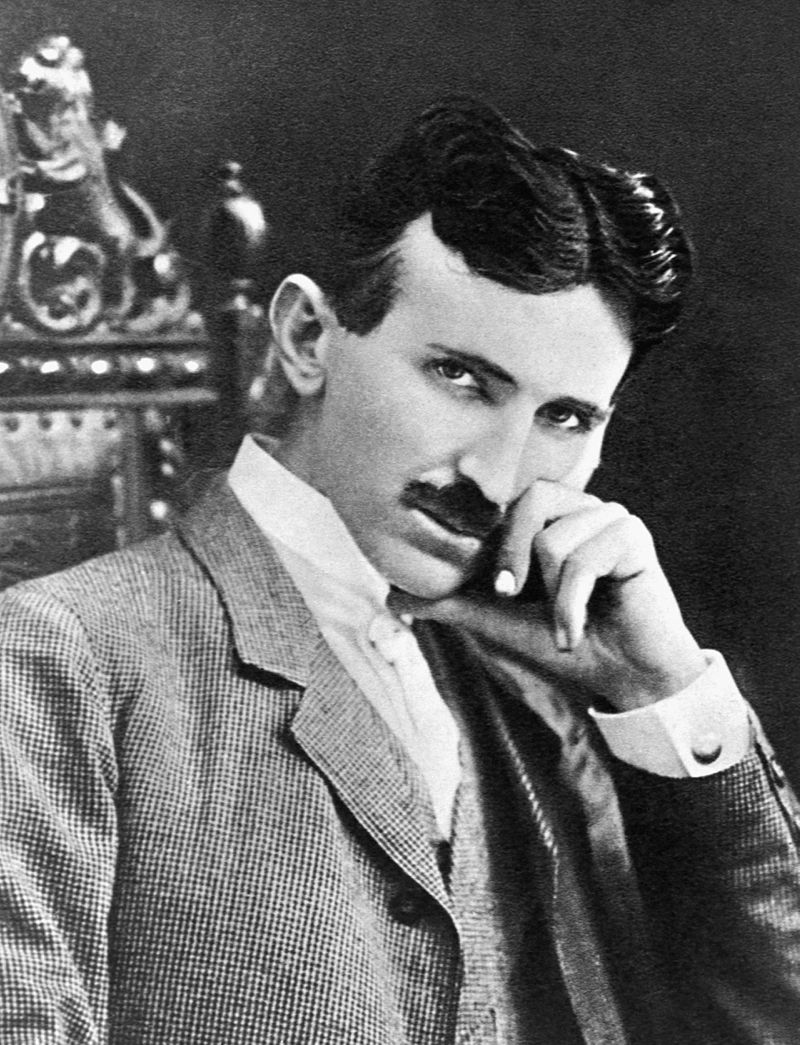Tapping Inductive Charging for EVs
Article By : John Wilson

Wireless charging is still mostly a luxury feature, but it is rapidly becoming more common.
Nikola Tesla, the visionary inventor and engineer who inspired Elon Musk’s well-known electric vehicle (EV) brand, foresaw the potential of wireless power transfer a century ago. Today’s electrical engineers are making Tesla’s vision manifest. Inductive charging, also known as wireless charging, involves transferring energy between two objects across an electromagnetic field. The concept, refined and applied to several small-sized applications in the mid-1970s, is making a comeback in consumer phones and EVs.
Probably the most popular inductive charging application until now has been the inductive stove cooktop, which is still used today, yet only makes up roughly five percent of the stovetop market. A favorite perk of these cooktops is how fast the burner cools down once power is turned off since the heat is transferred through an electromagnetic field — not from the stove’s glass surface to the pan.
Within the past few years, high-end smart phone manufacturers have embraced similar inductive charging technology for smartphones. People can now charge their smartphones using a pad rather than plugging the phone into the wall. Simply place a phone on a charging pad, and within an hour or two, it will be fully charged. Sounds easy, and it is.
That same concept — charging pad and all — is now being applied to the EV market. Many people may soon have access to charging pads a bit smaller than their car to charge their EVs. No cables or plugs are required. Instead, the car is outfitted with a power receiver on the underside of the car, and a dashboard device tells the driver when the receiver is properly positioned over the pad and is ready to receive power. The pad has a power source for voltage control and transfers the power into the receiver of the car over an air gap between car and pad.
Keeping it safe
In order to maintain safety while an EV is charging, isolation technology is a must. Whether EV charging uses a plug-in cable or an electromagnetic field from a charging pad, isolation integrated circuits (ICs) are critical components that help keep the charging process safe for humans, data and the in-vehicle components.
With kilowatts of power being transferred to an EV, functionally-integrated isolation ICs help enable the charging process and ensure the power exposures throughout the entire process are safe. Functions integrated with the isolation technology include digital isolators to move the signals, isolated sensors measure the current flows and voltages, and isolated gate drivers for power switching FETs and IGBTs. As a safety product, isolators must comply with complex international safety standards. With isolation technology involved in the power transfer process, the electromagnetic charging application will be as safe as a cable plug-in charging system. As long as isolation IC-based galvanic ground separation is properly included in both transmitter pad and receiver module, even the family cat should be safe in the wireless charging area. With safety and power transfer addressed, the key to mainstream adoption of wireless charging technology will come down to economics and efficiency gains, not just the convenience of the application.

Luxury charging
As easy as it sounds, the wireless charging experience comes with a price. Today’s existing wireless EV charging systems are a luxury item. Porsche, which recently introduced the latest Taycan model, is one of the earliest OEMs to offer the technology as an add-on option at certain dealers. Other OEMs are building wireless charging into their next-generation designs. According to IHS, the average cost of a wireless charging system for EVs is nearly $2,500 compared to $300-$500 for a plug-in system. Where the industry could see significant value in wireless charging will most likely be in the fleet market, where, for example, municipal buses can charge during stops for passengers – while sitting in traffic or at designated hubs throughout a city – while delivery trucks and vans could do the same. And car rental companies could gain valuable business efficiencies by charging vehicles while they are being unloaded and cleaned at airports and car return hubs.
Pad versus cable
The electric car development has been growing rapidly over the past 10 years in countries such as China, where more EVs were sold in 2018 than the rest of the world combined. According to the International Energy Agency (IEA), globally deployed passenger EVs surpassed the 5 million mark in 2018, a 63 percent increase over the previous year. The number of charging points worldwide was estimated by IEA to be approximately 5.2 million at the end of 2018, up from 44 percent the year prior. Notably 90 percent of these charging installations were private charging points.
As EV market adoption continues, the future of charging infrastructure is still in development. More EV charging stations are obviously needed, and a combination of government policies and business initiatives will drive charging infrastructure expansion. While cable charging technology currently dominates the market, wireless charging will gain its rightful place and migrate from high-end niches to the mainstream over time.
— John Wilson, senior product manager, power products, Silicon Labs